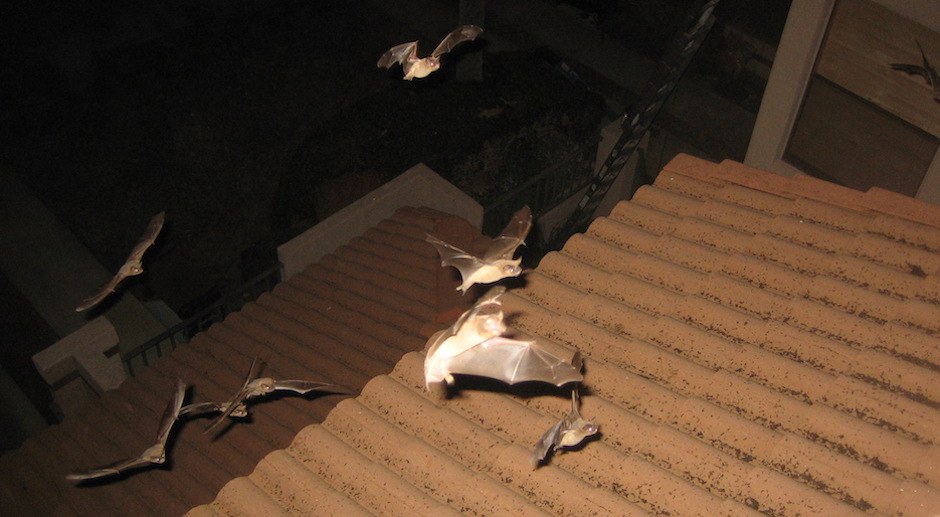Do Bats Migrate?
Do Bats Migrate?
Many people think that bats hibernate during the winter season. However, this isn’t true to all bats. Some bats, especially those that live in the temperate climates migrate to other warm places when winter comes.
Bats consume a large number of insects, fruit juices, and nectars in a short amount of time. This can make them store a lot of fat so that they can survive the long months of inactivity during hibernation. However, some bats move in warmer locations that have abundant sources of food. The lesser long-nosed bats migrate during summer in the Southwestern part of the US because they want to take advantage of blooming flowers. They can get a lot of nectars from flowers when it is winter time in some places.
Bats coincide their migration when fruits and flowers such as columnar cactus and agave are in full bloom. They can go over 650 miles just for plant populations that are pollinating. Food is the main reason why bats migrate.
If a place does not have enough food, bats will just spend their time in hibernation. Moving to a new place requires a lot of time and a lot of energy. Bats are looking for large bounties of food when they reach their new destinations. The migration also depends on the weather condition, geographical location, and the distance. 
An interesting fact is bats don’t go from a fixed direction from north to south. The direction of their travel is not always latitudinal. A colony of bats may go eastward or westward depending on the supply of food. When October comes the colony of bats will often fly south. When April comes, bats will return to the same corner, on the same place year after year.
Bats have the same migration pattern as birds. Birds migrate to exploit the seasonal bounty of fruits and insects that a place offers. Bats just choose to migrate when it is very necessary. When an area becomes too cold, they won’t be able to survive the winter even through hibernation. Very few species will bear the freezing temperatures of the north during the winter season. Even those bats that live in your attics and homes will choose a cave or an abandoned mine in order to survive.
Other bats can migrate and hibernate each year. They can travel between Mexico and Central America if the need arises. Bats travel in large swarms. A swarm can consist of millions of bats traveling together in search of a warm place. Climate change can also be a reason why bats migrate. A study has found out that bats now migrate 2 weeks earlier than they did 22 years ago. In some areas, spring begins sooner than expected, and this forces bats and other insects to migrate early. A change of migration pattern can affect female bats. This generally affects the way they reproduce since they often feed on earworm moths most of the time. They will have to find another source of food if they migrate too early.
Visit our Wildlife Trapper Easley home page to learn more about us.

